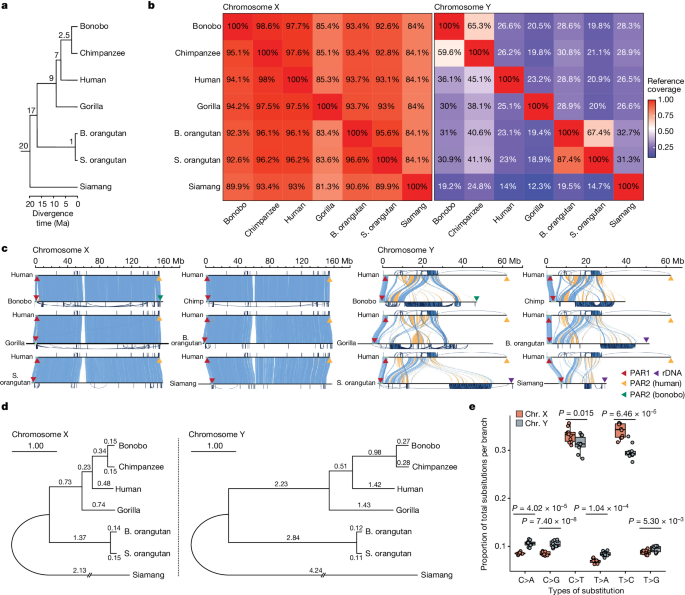2024-05-29 デューク大学(Duke)
<関連情報>
解釈可能な機械学習を用いて、直腸障害-間歇性障害の連続における脳波パターンを分類する際の臨床医のパフォーマンスを向上させる Improving Clinician Performance in Classifying EEG Patterns on the Ictal–Interictal Injury Continuum Using Interpretable Machine Learning
Alina Jade Barnett, Ph.D.; Zhicheng Guo; Jin Jing, Ph.D.; Wendong Ge, Ph.D.; Peter W. Kaplan, M.B.B.S.; Wan Yee Kong, M.D.; Ioannis Karakis, M.D., Ph.D.; +7, and M. Brandon Westover, M.D., Ph.D.
NEJM AI Published: May 23, 2024
DOI: 10.1056/AIoa2300331

Abstract
BACKGROUND
In intensive care units (ICUs), critically ill patients are monitored with electroencephalography (EEG) to prevent serious brain injury. EEG monitoring is constrained by clinician availability, and EEG interpretation can be subjective and prone to interobserver variability. Automated deep-learning systems for EEG could reduce human bias and accelerate the diagnostic process. However, existing uninterpretable (black-box) deep-learning models are untrustworthy, difficult to troubleshoot, and lack accountability in real-world applications, leading to a lack of both trust and adoption by clinicians.
METHODS
We developed an interpretable deep-learning system that accurately classifies six patterns of potentially harmful EEG activity — seizure, lateralized periodic discharges (LPDs), generalized periodic discharges (GPDs), lateralized rhythmic delta activity (LRDA), generalized rhythmic delta activity (GRDA), and other patterns — while providing faithful case-based explanations of its predictions. The model was trained on 50,697 total 50-second continuous EEG samples collected from 2711 patients in the ICU between July 2006 and March 2020 at Massachusetts General Hospital. EEG samples were labeled as one of the six EEG patterns by 124 domain experts and trained annotators. To evaluate the model, we asked eight medical professionals with relevant backgrounds to classify 100 EEG samples into the six pattern categories — once with and once without artificial intelligence (AI) assistance — and we assessed the assistive power of this interpretable system by comparing the diagnostic accuracy of the two methods. The model’s discriminatory performance was evaluated with area under the receiver-operating characteristic curve (AUROC) and area under the precision–recall curve. The model’s interpretability was measured with task-specific neighborhood agreement statistics that interrogated the similarities of samples and features. In a separate analysis, the latent space of the neural network was visualized by using dimension reduction techniques to examine whether the ictal–interictal injury continuum hypothesis, which asserts that seizures and seizure-like patterns of brain activity lie along a spectrum, is supported by data.
RESULTS
The performance of all users significantly improved when provided with AI assistance. Mean user diagnostic accuracy improved from 47 to 71% (P<0.04). The model achieved AUROCs of 0.87, 0.93, 0.96, 0.92, 0.93, and 0.80 for the classes seizure, LPD, GPD, LRDA, GRDA, and other patterns, respectively. This performance was significantly higher than that of a corresponding uninterpretable black-box model (with P<0.0001). Videos traversing the ictal–interictal injury manifold from dimension reduction (a two-dimensional representation of the original high-dimensional feature space) give insight into the layout of EEG patterns within the network’s latent space and illuminate relationships between EEG patterns that were previously hypothesized but had not yet been shown explicitly. These results indicate that the ictal–interictal injury continuum hypothesis is supported by data.
CONCLUSIONS
Users showed significant pattern classification accuracy improvement with the assistance of this interpretable deep-learning model. The interpretable design facilitates effective human–AI collaboration; this system may improve diagnosis and patient care in clinical settings. The model may also provide a better understanding of how EEG patterns relate to each other along the ictal–interictal injury continuum. (Funded by the National Science Foundation, National Institutes of Health, and others.)


